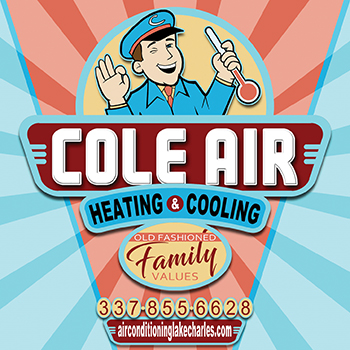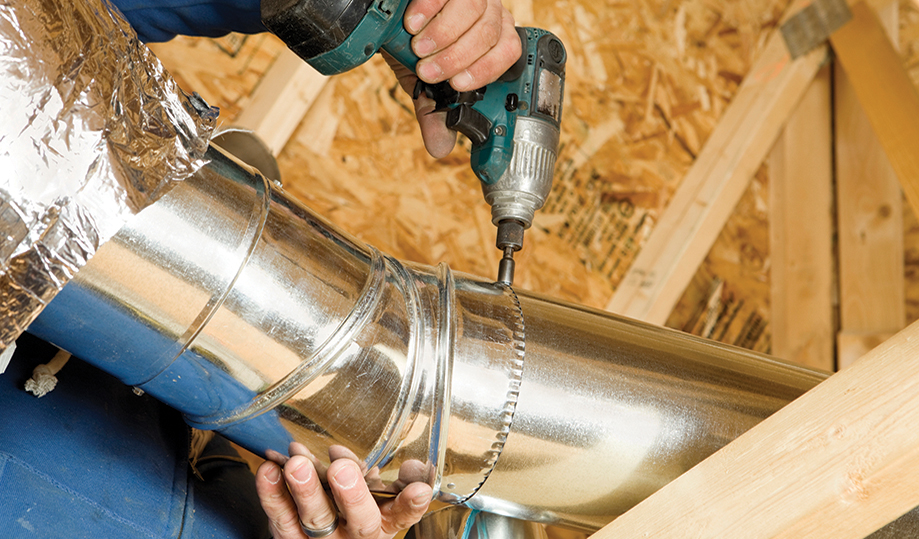Scary stuff, right? You may have to eat crow and explain how, through continuing education, your company has come to understand more about the importance of airflow and its impact on comfort.
Continue your explanation by telling them that for a successful HVAC renovation, you must test existing conditions so the team can perform higher-level diagnostics. Such diagnostics assure the customer that you have done due diligence to deliver peak system performance.
Airflow Is a Big Deal in System Renovation
If we fail to test and consider the whole system — the equipment, the return and supply ductwork, AND the house itself — we’re likely to under-deliver on our clients’ expectations. All three ARE THE SYSTEM, and testing them all is crucial to success. Airflow is a big deal.
For example, Mrs. Jones (prospect client) wants a quote to replace her system and tells you how her primary suite is always uncomfortable. She then asks to include adding more ductwork or airflow in general.
Odds are someone else (competitor or Google®) told her that adding another supply air drop or return air intake is all she needs.
It’s time to shine. Tell her you’d prefer to perform airflow tests first to find the real problem(s). Explain that you do not want her to waste money.
In almost every case, your client will agree.

Knowledge is Vital
Here’s where understanding ACCA’s manuals J, S, D, & T can help.
- Manual J gives us what we need to determine how much heat is gained and lost throughout the building.
- Manual S guides us in selecting the equipment necessary to satisfy a building’s needs.
- Manual D provides us with the process of delivering the airflow necessary through our equipment to the rooms needing it.
- Manual T, often overlooked and small compared to the others, teaches how, where, and why we should be delivering the airflow to ensure our time spent doing all of the measurements and math does not go unnoticed.
Some Renovation Examples
Have you ever noticed people sitting in their chairs, loungers, couches, etc., with a blanket or sweater nearby?
The reason is that the original HVAC System designer likely ignored Manual T. When the HVAC system comes on, the homeowner is blasted with airflow from improperly chosen grilles/registers/diffusers (GRD), causing discomfort. That’s why they grab their blankets. When the equipment turns off, the blankets come off.
Ultimately, this discomfort can lead the homeowner to adjust the thermostat up or down.
By the way, blankets can also indicate inadequate mean radiant temperature control, often caused by improperly sized HVAC equipment. Manual J helps to properly size equipment.
But what happens if you size the system to Manual J requirements and it doesn’t work?
Click Below for the Next Page:













Recent Comments